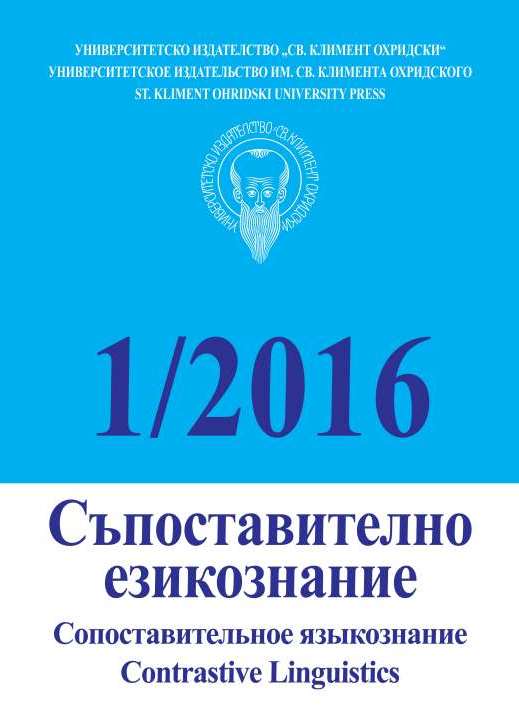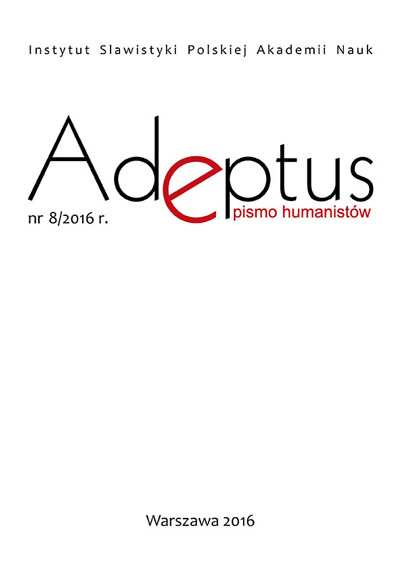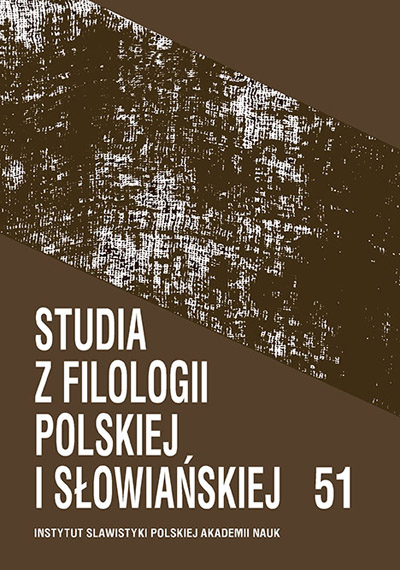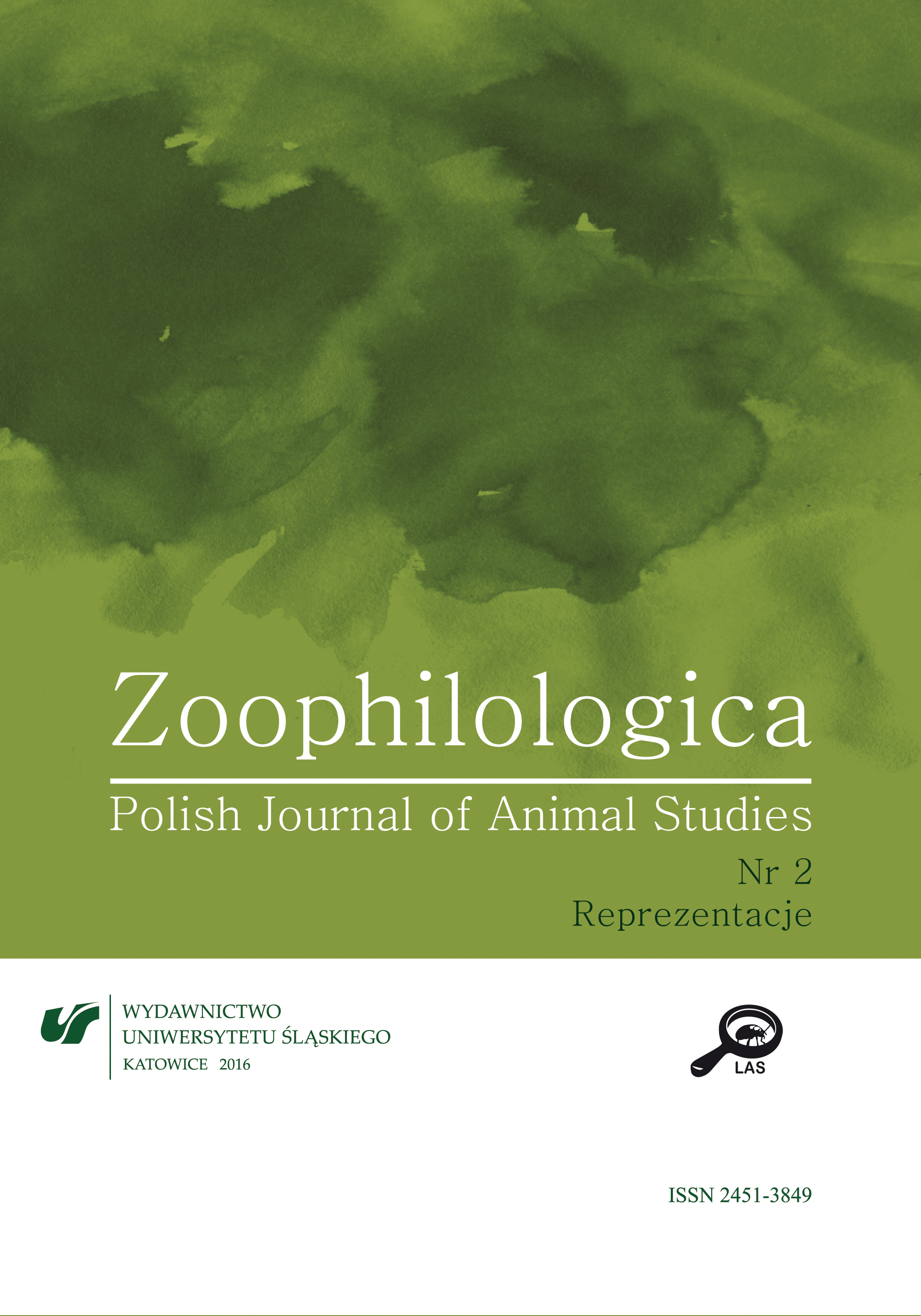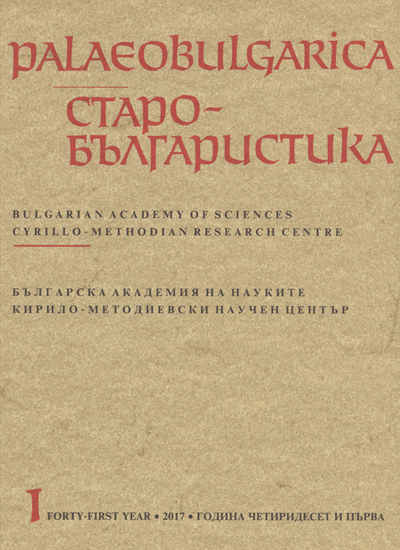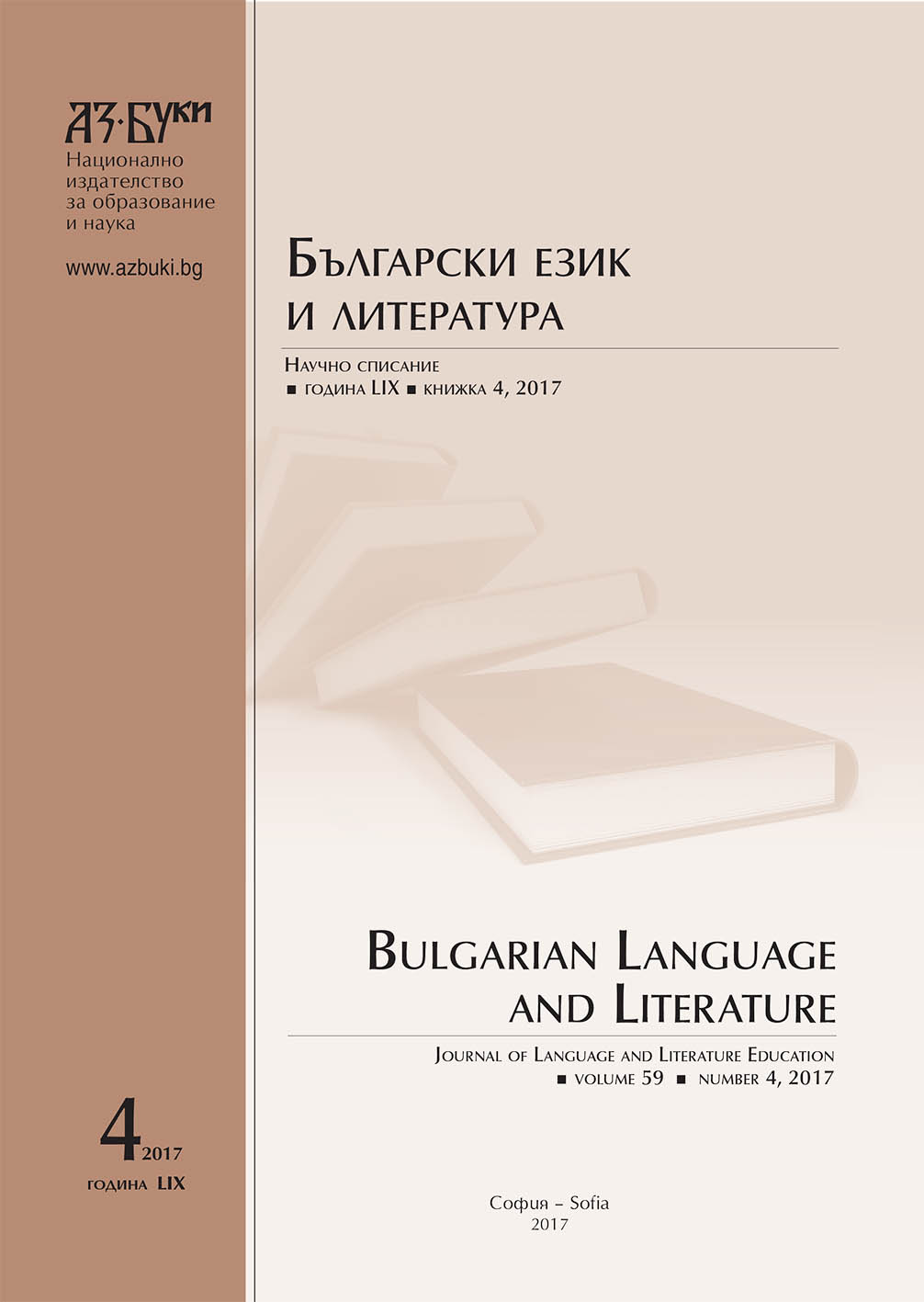Author(s): Mirela-Simona Gurău (Rusu) / Language(s): English
Issue: 40/2025
This study explores the use of synonyms in medical English and examines their implications for translation and effective communication. Focusing on the nuanced roles that synonymous lexical units play in clarifying meaning and avoiding ambiguity, the research investigates how medical texts can be arranged to enhance clarity and stylistic variation. Through an extensive literature review, the study integrates philosophical, logical, and linguistic perspectives to categorize synonyms into various subtypes, such as sense-synonyms, near-synonyms, partial synonyms, quasi-synonyms, and absolute synonyms. The research methodology combines qualitative and quantitative approaches, including surveys, corpus-based analyses, and detailed case studies, to assess how synonym selection impacts both clinical documentation and patient education. Key findings reveal that while technical terms (e.g., “arrhythmia”, “epistaxis”, “myocardial infarction”) are preferred in formal contexts, their lay equivalents (e.g., “irregular heartbeat”, “nosebleed”, “heart attack”) are more effective for public communication. The study also underscores the importance of ethical and methodological rigor and highlights the need for standardized vocabularies and translation tools tailored to the medical field. Overall, the research demonstrates that a context-sensitive and balanced approach to synonym selection is essential for maintaining both precision and accessibility in medical communication, thereby enhancing patient safety and improving translation accuracy.
More...
